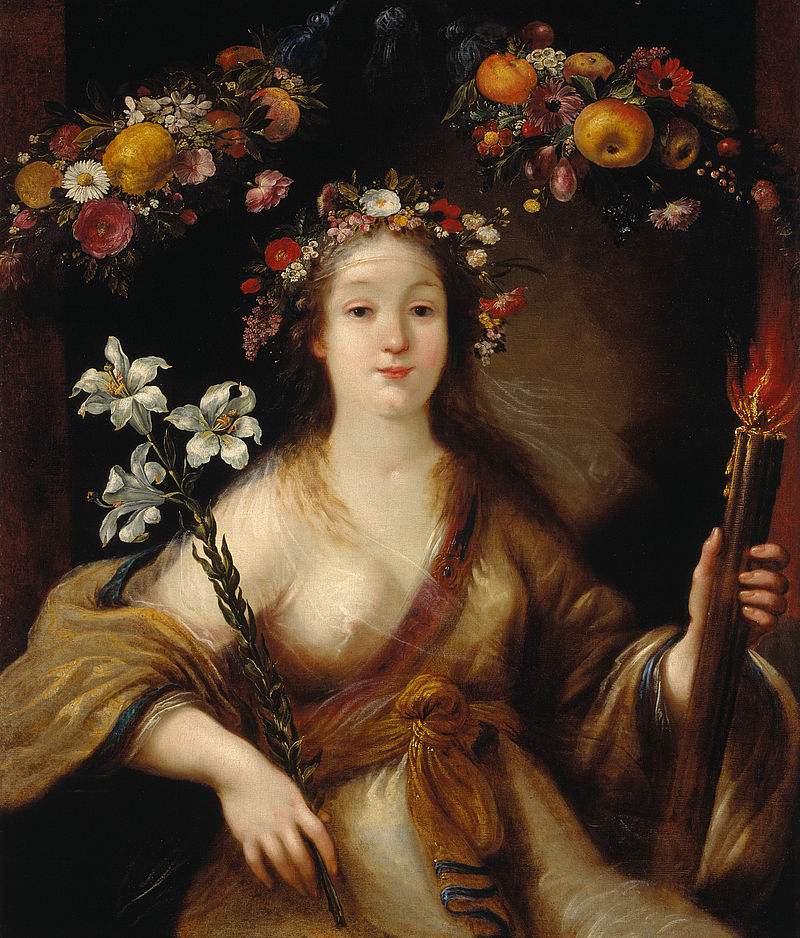Claude Vignon (1593 - 1670)
Vignon’s painting was particularly well received both in the Paris court and in ecclesiastical circles. Among his most famous sponsors was King Louis XIII (1601–1643), his brother Gaston of Orléans (1608–1660) and the king’s First Minister, Cardinal Richelieu (1585–1642). A wealth of commissions earned him a comfortable living, although the quality of his paintings declined noticeably in his latter years. While training with Jacob Bunel (1558– 1614), and possibly also with Georges Lallemands (ca 1575–1636), Vignon made the acquaintance of two artists from the Second School of Fontainebleau. Their teaching in the late Mannerist style is evident in the depiction of figures and the texture of fabrics. From about 1616 he lived in Rome where, like many of his contemporaries, he was exposed to the artistic influence of Caravaggio (1573–1610). Vignon converted from Calvinism to Catholicism. In 1624 he returned to Paris, where he died in 1670.
Author: Habersatter Thomas
Literature: DUCKE Astrid, HABERSATTER Thomas, OEHRING Erika: Masterworks. Residenzgalerie Salzburg. Salzburg 2015, S. 136

